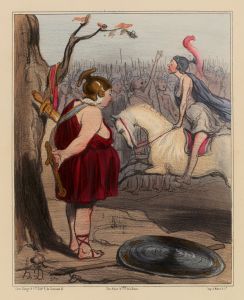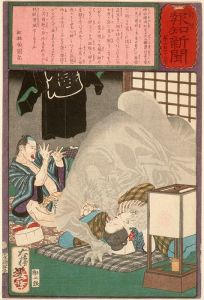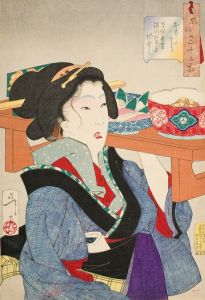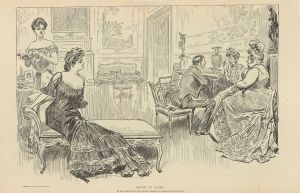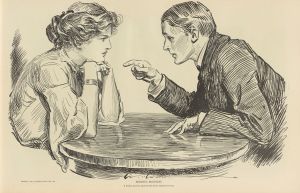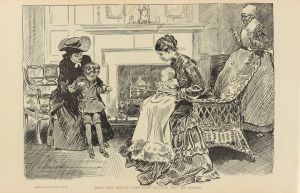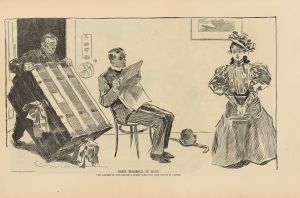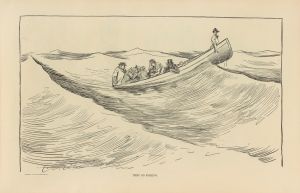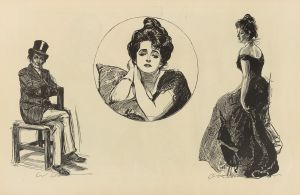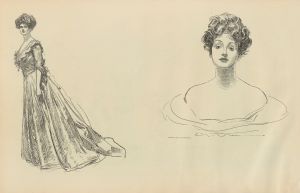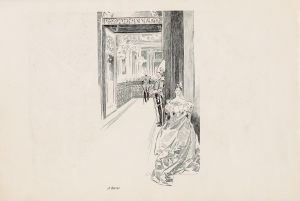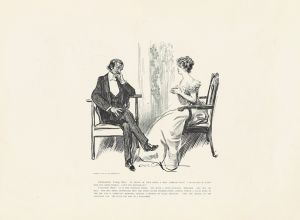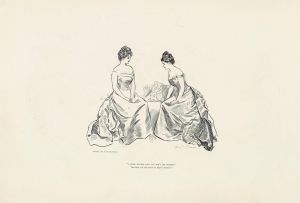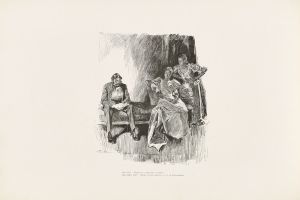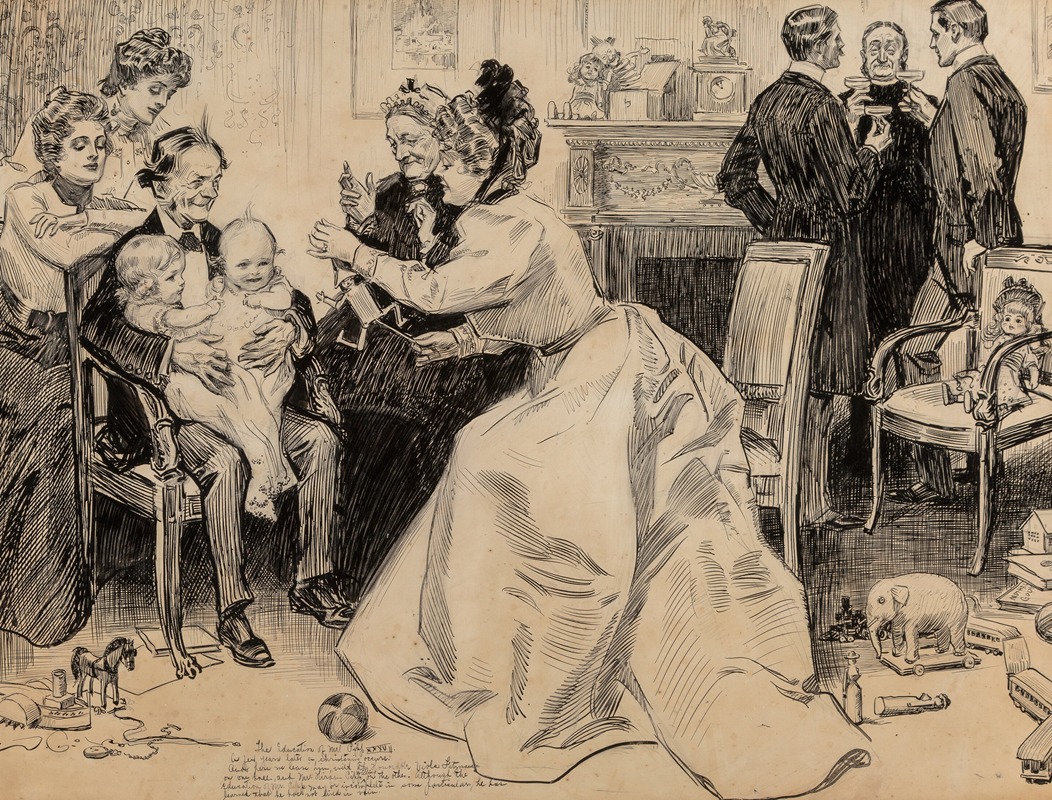
The Education of Mr. Pipp
A hand-painted replica of Charles Dana Gibson’s masterpiece The Education of Mr. Pipp, meticulously crafted by professional artists to capture the true essence of the original. Each piece is created with museum-quality canvas and rare mineral pigments, carefully painted by experienced artists with delicate brushstrokes and rich, layered colors to perfectly recreate the texture of the original artwork. Unlike machine-printed reproductions, this hand-painted version brings the painting to life, infused with the artist’s emotions and skill in every stroke. Whether for personal collection or home decoration, it instantly elevates the artistic atmosphere of any space.
"The Education of Mr. Pipp" is a notable work by the American illustrator Charles Dana Gibson, who gained widespread fame for his creation of the "Gibson Girl," an iconic representation of the American woman at the turn of the 20th century. Gibson's illustrations were widely published in magazines such as Life, Scribner's, and Harper's, and they played a significant role in shaping public perceptions of beauty and femininity during that era.
"The Education of Mr. Pipp" is a series of illustrations rather than a single artwork. It was first published in the early 1900s and is one of Gibson's most recognized series. The illustrations depict the humorous and satirical adventures of Mr. Pipp, a wealthy but somewhat naive American businessman, and his family as they travel through Europe. The series captures the cultural contrasts and social dynamics of the time, often highlighting the differences between American and European societies.
Gibson's work is characterized by its detailed pen-and-ink style, which combines fine lines and intricate shading to create expressive and dynamic images. His illustrations are known for their wit and keen observation of social nuances, and "The Education of Mr. Pipp" is no exception. Through the series, Gibson explores themes of social status, cultural identity, and the often comical misunderstandings that arise from cross-cultural interactions.
The character of Mr. Pipp is portrayed as a well-meaning but somewhat bumbling figure, whose encounters with European customs and traditions often lead to humorous situations. His family, particularly his daughters, are depicted as more adept at navigating the complexities of European society, often to the chagrin of Mr. Pipp. This dynamic serves as a vehicle for Gibson to comment on the evolving roles of women and the shifting social landscape of the early 20th century.
"The Education of Mr. Pipp" was well-received by the public and contributed to Gibson's reputation as a leading illustrator of his time. The series was later compiled into a book, allowing it to reach an even wider audience. Gibson's ability to blend humor with social commentary ensured that his work remained relevant and engaging, and "The Education of Mr. Pipp" continues to be appreciated for its artistic merit and historical significance.
Charles Dana Gibson's influence extended beyond his illustrations; he was a prominent figure in the art world and served as the president of the Society of Illustrators. His work, including "The Education of Mr. Pipp," remains an important part of American art history, offering insights into the cultural and social dynamics of the early 1900s.





